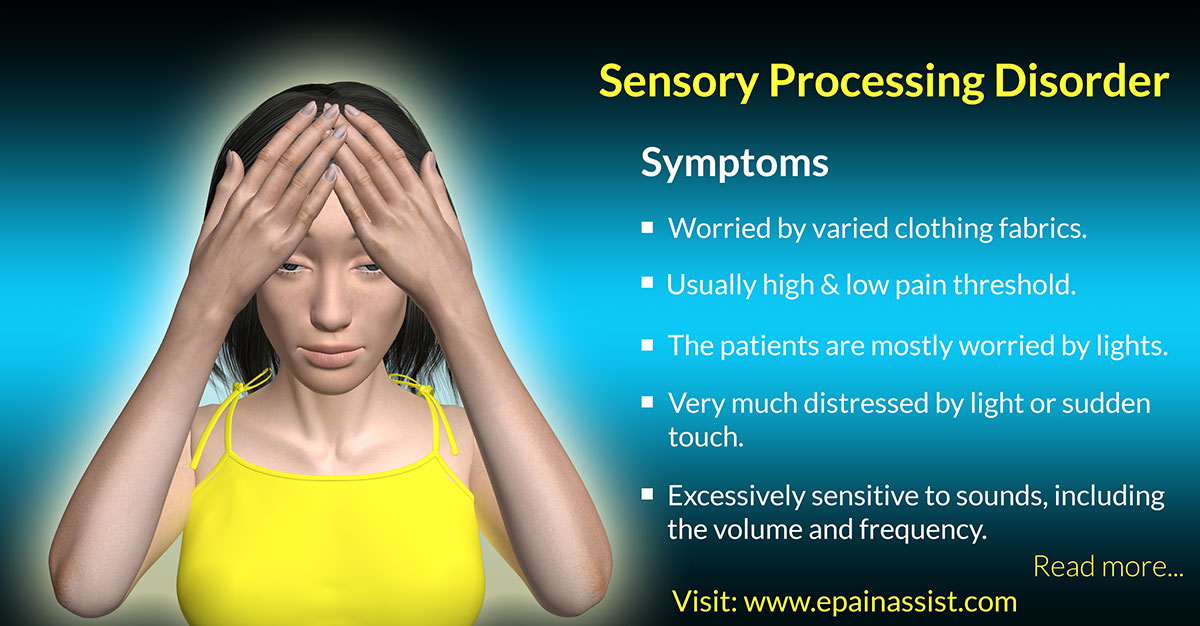This is a congenital medical condition of the kidneys in which the affected baby is missing one or both of the kidneys at the time of birth. There are two types of Renal Agenesis, unilateral and bilateral. In this article, we will discuss in detail about the causes, symptoms, and treatment of Renal Agenesis.
How Do We Define Renal Agenesis?
- Renal Agenesis- Renal agenesis is a congenital pathological condition of the kidneys in which the affected baby has either one or both kidneys missing at the time of birth.
- Types of Renal Agenesis
- Unilateral Renal Agenesis: In this condition there is absence of a solitary kidney.1
- Bilateral Renal Agenesis: In this condition, there is absence of both kidneys.
- Urological Anomalies Associated With Kidney Agenesis-
- Urological anomalies were found in 12/51 patients (23.5%).2
- Bladder Dysfunction
- Vesicoureteral Reflux (VUR)
- Ureteropelvic Junction Obstruction
- Ureterovesical
- Ureteropelvic Junction Obstruction
- Barakat Syndrome-3
- Seizure
- Deafness
- Renal Agenesis
Causes of Renal Agenesis
- Both forms of Renal Agenesis can occur when the kidney bud is not able to develop during fetal growth.
- Cause of the bilateral and unilateral agenesis has still not been yet identified.
- It is assumed that it may be caused due to gene mutations.
Risk Factors For Renal Agenesis
There are certain factors which increase the risk of a baby being born with either form of Renal Agenesis like if a baby is born with one umbilical artery then that baby will be at increased risk for Renal Agenesis. Also, a baby with either parent affected with Renal Agenesis also is at increased risk for this condition. There are some prenatal factors, which also increase the risk for Renal Agenesis like diabetes mellitus or if a female gets pregnant at a very young age, and abusing alcohol at the time of pregnancy. Apart from this, if there is abuse of drugs like cocaine etc., this also increases the risk for Renal Agenesis.
Symptoms Of Renal Agenesis
Both forms of Renal Agenesis involve abnormalities in various organs of which the most common is the Respiratory System. There may be deficits in other systems as well like the digestive system, cardiovascular system, and musculoskeletal system.
Babies With Renal Agenesis May Also Have The Following Symptoms:
- Separated eyes with skin folds in the upper part of the eyelids
- Low set ears
- Flat nose
- Limb defects
- Hypertension
- Proteinuria
- Depleted GFR
- Swelling of the extremities
- Hematuria
Diagnosis Of Renal Agenesis
Renal Agenesis is usually identified on routine ultrasounds during pregnancy. In case Bilateral Renal Agenesis is suspected, a prenatal MRI is done for confirmation purposes.4
Treatment For Renal Agenesis
If the fetus has Bilateral Renal Agenesis, then the likelihood of the baby surviving is very faint, at most first few days of life. There have been some cases where babies with both kidneys missing have survived but in their cases chronic peritoneal dialysis is required. The main aim of this treatment is to support the child until the child is strong enough for a renal transplantation.
In cases where only a single kidney is missing, the prognosis is dependent on the state of the kidney that is present and identification of other abnormalities that may be present. Usually, they do not have complications but some physicians recommend such individuals to abstain from contact sports in order to avoid any injury or damage to the only kidney that is present. Once a diagnosis is made of Unilateral Renal Agenesis, the affected individual needs to have the blood pressure, urine, and blood checked on a frequent basis to look at the state of the kidney present.
Prevention of Renal Agenesis
As there is no clear cut cause for the development of Renal Agenesis, hence a proper prevention plan cannot be formulated but the risks can definitely be cut down significantly by avoiding things that can cause Renal Agenesis like intake of alcohol during pregnancy etc.
- Congenital absence of the vas deferens and unilateral renal agenesis: implications for patient and family.
Lane VA1, Scammell S, West N, Murthi GV. Pediatr Surg Int. 2014 Jul;30(7):733-6. - Complementary role of magnetic resonance imaging after ultrasound Renal outcome of children with unilateral renal agenesis.
Doğan ÇS1, Torun Bayram M.
Turk J Pediatr. 2013 Nov-Dec;55(6):612-5. - Seizure, deafness and renal agenesis: A rare case of barakat syndrome.
Sau T1, Chatterjee A, Ghosh K, Dey S.
Ann Indian Acad Neurol. 2013 Jan;16(1):91-3. - Complementary role of magnetic resonance imaging after ultrasound examination in assessing fetal renal agenesis: a case report.
Gęca T1, Krzyżanowski A, Stupak A, Kwaśniewska A, Pikuła T, Pietura R.
J Med Case Rep. 2014 Mar 12;8(1):96.


